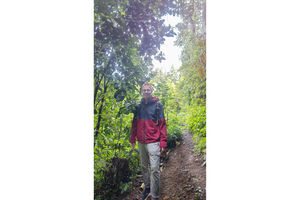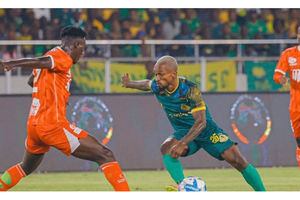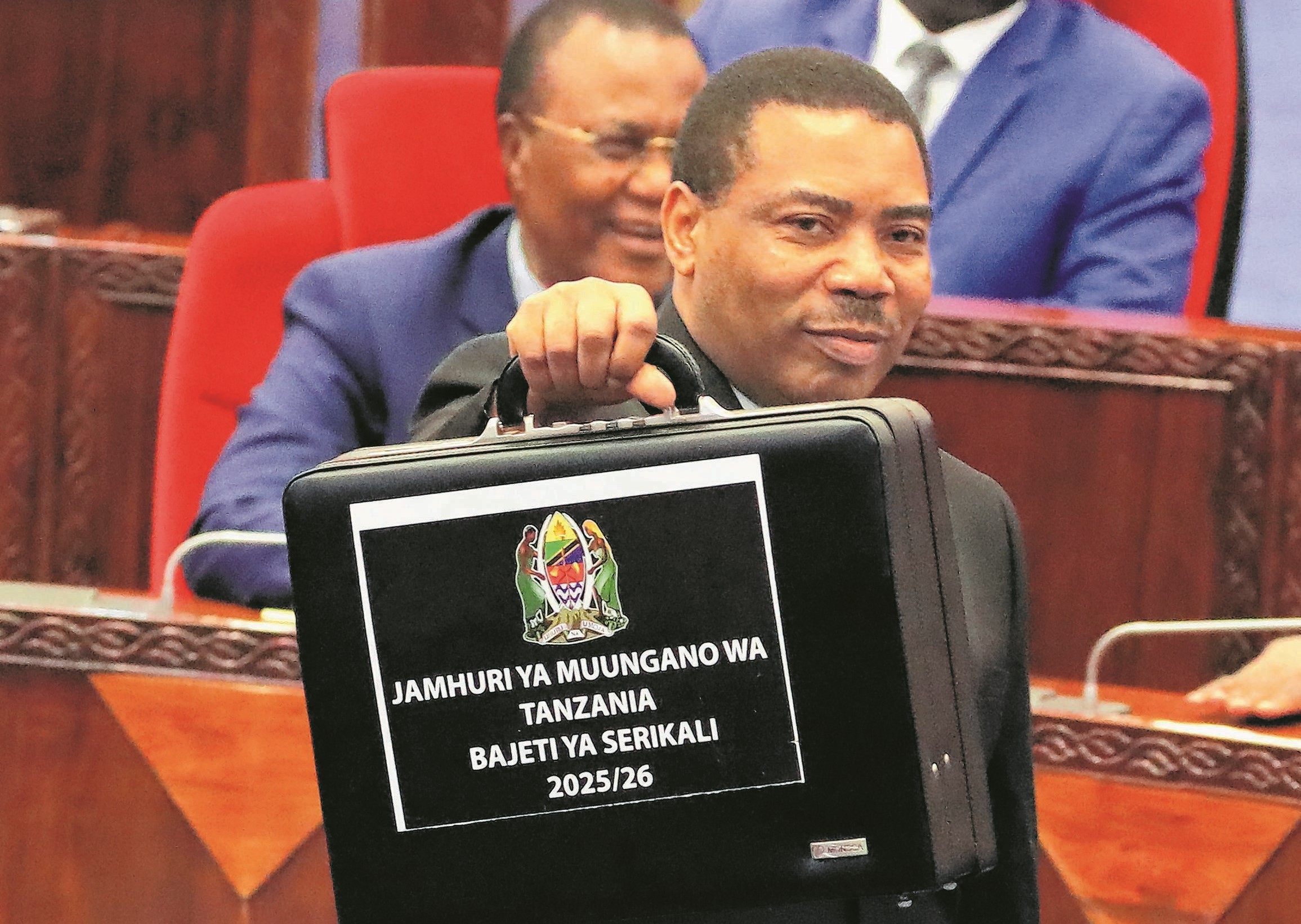Prime
Official convoys contribute to urban traffic chaos and indiscipline

Stopping traffic in order to accommodate official convoys worsens traffic congestion in urban areas. PHOTO | FILE
What you need to know:
- Interrupting with traffic movement brings chaos to the urban area, adversely affects the environment, disrupts economic activities, and encourages law breaking
On his recent tour of Mwanza, the Vice President, Phillip Mpango, decried the habit of the police, paralyzing traffic for a long period on the excuse of clearing roads to allow the smooth passage of official convoys. He saw no reason why roads should be closed for hours on end, while a closure a few minutes would suffice. These sentiments had, earlier on, been aired in Parliament.
Stopping traffic in order to accommodate official convoys is among the actions making traffic congestion in urban areas, bad enough in ordinary times, worse. Indeed, many times when the police give their report on some public media, on the status of traffic on the roads, they always mention that they have no msafara, which implies that these convoys are known to the police to cause traffic jams especially in the congested urban areas.
The VP’s concern was about the length of time the roads are closed. That is not all. There is also the length of the convoys. According to one internet source, African Presidential convoys or motorcades tend to be long. In the top 10 countries with largest convoys, the number of vehicles in these range from 35 to 61 vehicles. Moreover, the vehicles tend to be those state of the art, which are many times driven at break neck speeds.
The number of officials with convoys and/or for whom interference with normal traffic movements is considered necessary, has been growing and include the President, Vice President, Prime Minister, Chief Justice, the IGP, the Speaker of the National Assembly, Ministers and some diplomats.
The saying among the public is that traffic could be stopped while the official concerned is still having a bath. In one incident which I witnessed at Mwenge junction, traffic had been stopped for such a long time, that some vehicles run out of fuel. The drivers left their vehicles went and fetched fuel, came back and restarted the vehicles, with the traffic still at a stand-still. One driver, perhaps being in the know, locked his vehicle and walked away, only to come back half an hour or so later, to find the traffic still interrupted with. Meanwhile, the length of the jam on all roads to Mwenge, had grown to several kilometres in length, disrupting a lot of economic activities.
Later on, we were told that traffic had been stopped to allow the passage of a dignitary who was attending a ceremony, which, however, had gone on longer than expected.
Surely, with modern developments in communication technology, it should be possible to let traffic flow until a critical moment when stoppage is necessary and this should take a few minutes, may be 10 minutes as suggested by the Vice President.
It may well be that police officers get some benefits from stopping traffic for long, but they should know that the general public suffers from such interruptions, as they need to go about their usual business without let or hindrance.
Another point which the Vice President may want to consider, is that there is a lot of law breaking on the roads involving public vehicles including those with: ST, SU, PT, J, W, NW, DFP, RC, and CD numbers. These do not observe speed limits, or other cautionary signs, overtake carelessly, threaten other drivers or other road users, drive on pavements and pedestrian walkways and sometimes, they drive on the wrong lane; all these to show that they are in a hurry and their movement is not expected to be interrupted in any way. They do this whether they are ferrying officials or not.
When drivers of public vehicles break the law, what example is given to other drivers and the general public? There is therefor, also a need to issue directives that will restrict drivers of public vehicles from breaking the traffic laws.
Officials travelling in public vehicles need also to experience what the general public lives through by being caught up in snail-speed traffic jams and not run away from reality by encouraging their drivers to break the law.
I recall, seeing a lady minister in the past, caught up in a traffic jam, but she would not let her driver take short cuts. That should be the spirit.
Urban areas need discipline to work efficiently. The number of vehicles which make up an official motorcade could be reduced tremendously without affecting the security of the officials involved.
Interrupting with traffic movement brings chaos to the urban area, adversely affects the environment, disrupts economic activities, and encourages law breaking. On the other hand, driving a public vehicle should not be a licence to break the law
The Vice President’s directive to the police to review their arrangements to interrupt with traffic for unnecessarily long periods, to accommodate official convoys, is therefore timely.





